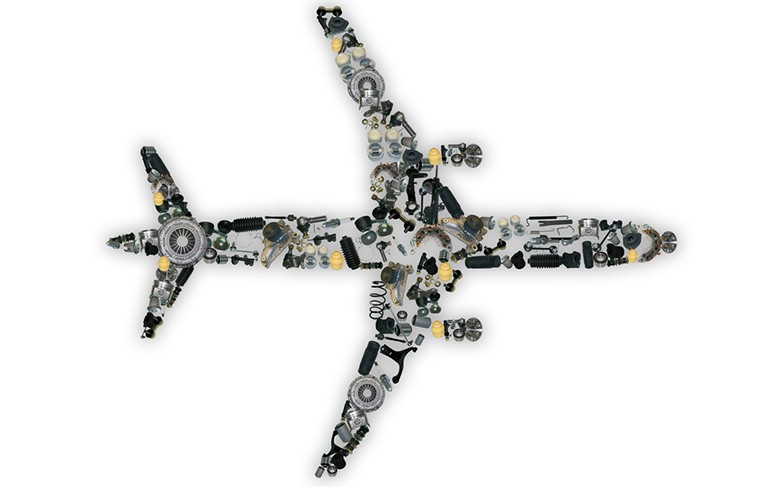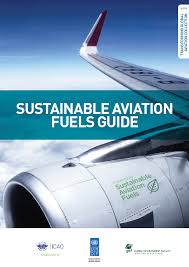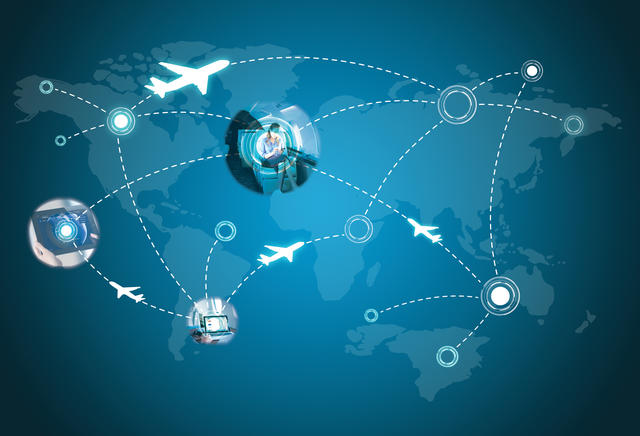Turbulence Ahead: Aviation Industry Faces Prolonged Supply Chain Disruptions
Fasten your seatbelts, folks, because the aviation industry is experiencing some serious turbulence. It's not weather-related, but rather a persistent and deepening supply chain crisis that's impacting everything from aircraft manufacturing to your next vacation. What started as a minor inconvenience has morphed into a major headache, with no immediate end in sight.
The Root Causes: A Perfect Storm
What's fueling this crisis? It's a confluence of factors. First, consider that The COVID-19 pandemic triggered unprecedented disruptions across global supply chains. Lockdowns, border closures, and reduced workforce participation caused manufacturing slowdowns and transportation bottlenecks. Then add to that, Geopolitical instability, including the war in Ukraine, has further exacerbated the situation. This has disrupted the flow of critical raw materials and components, especially those sourced from Eastern Europe. For example, titanium, a vital material for aircraft construction, is heavily sourced from Russia, creating significant procurement challenges.
"We're seeing unprecedented delays in deliveries," says a senior executive at a major aircraft component manufacturer.
Beyond these global events, the industry also struggles with internal issues. Skilled labor shortages plague the aviation sector, impacting both manufacturing and maintenance. Retiring Baby Boomers and a lack of adequately trained replacements are creating significant gaps in the workforce. This challenge is amplified by Increased demand for air travel post-pandemic is straining existing resources and infrastructure. As travel rebounds, airlines need more aircraft, but manufacturers are struggling to keep pace.
The Impact: From Manufacturers to Passengers
The ripple effects of these disruptions are far-reaching. Aircraft manufacturers like Boeing and Airbus are facing significant delays in delivering new aircraft. Airbus, for example, has reported that delivery timelines have stretched by up to 6-12 months for certain models. This forces airlines to either extend the life of older, less fuel-efficient aircraft or cancel routes altogether. This can be seen with Southwest airlines reducing their flight capacity in 2024 as mentioned in their most recent press release.
Component prices have soared by an average of 15-20% in the past year, according to industry analysts. These increased costs are ultimately passed on to consumers in the form of higher ticket prices. And it doesn't end there. Spare parts for maintenance are also becoming scarce and expensive, leading to longer turnaround times for repairs and potentially impacting flight schedules. The financial impacts are significant. For example, as stated by a financial analysis, Boeing has reported billions of dollars in losses directly attributable to supply chain challenges.
"The supply chain is like a clogged artery, and it's impacting the entire aviation ecosystem," explains a leading aviation consultant.
Looking Ahead: Navigating the Storm
So, what does the future hold? Unfortunately, experts predict that these supply chain disruptions will persist for at least the next 12-18 months, if not longer. The industry is actively working to mitigate the impact by diversifying its supplier base, investing in automation and workforce training, and exploring alternative materials.
"We're working tirelessly to strengthen our supply chains and ensure a more resilient future," says a spokesperson for Boeing.
However, these efforts will take time to bear fruit. In the meantime, passengers should expect continued delays, higher fares, and potentially reduced flight options. Flexibility will be key. Consider booking flights well in advance, being prepared for potential schedule changes, and purchasing travel insurance to protect against unforeseen disruptions.
Bracing for Impact: What This Means for You
The aviation industry is resilient, but it's facing a significant challenge. The prolonged supply chain disruptions are impacting every aspect of air travel, from aircraft manufacturing to passenger experience. While the industry is working to address these issues, it's important to be aware of the potential impact on your future travels and plan accordingly.




